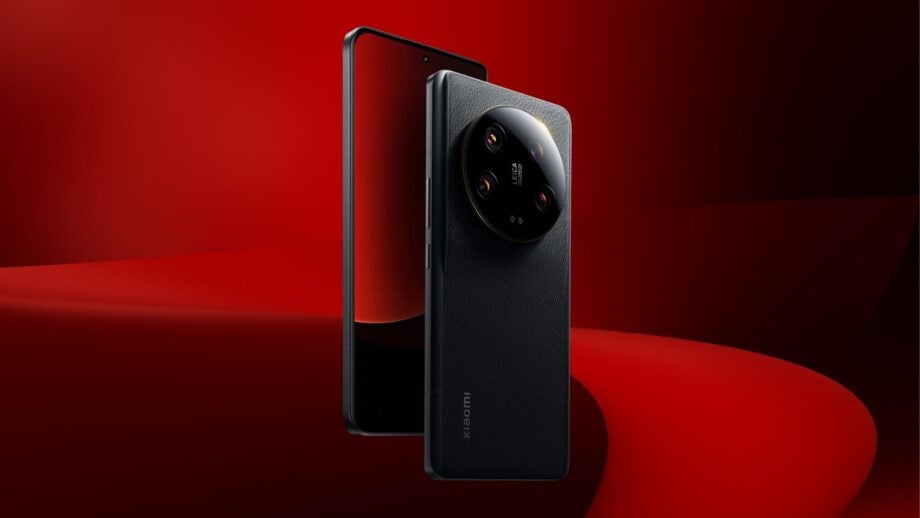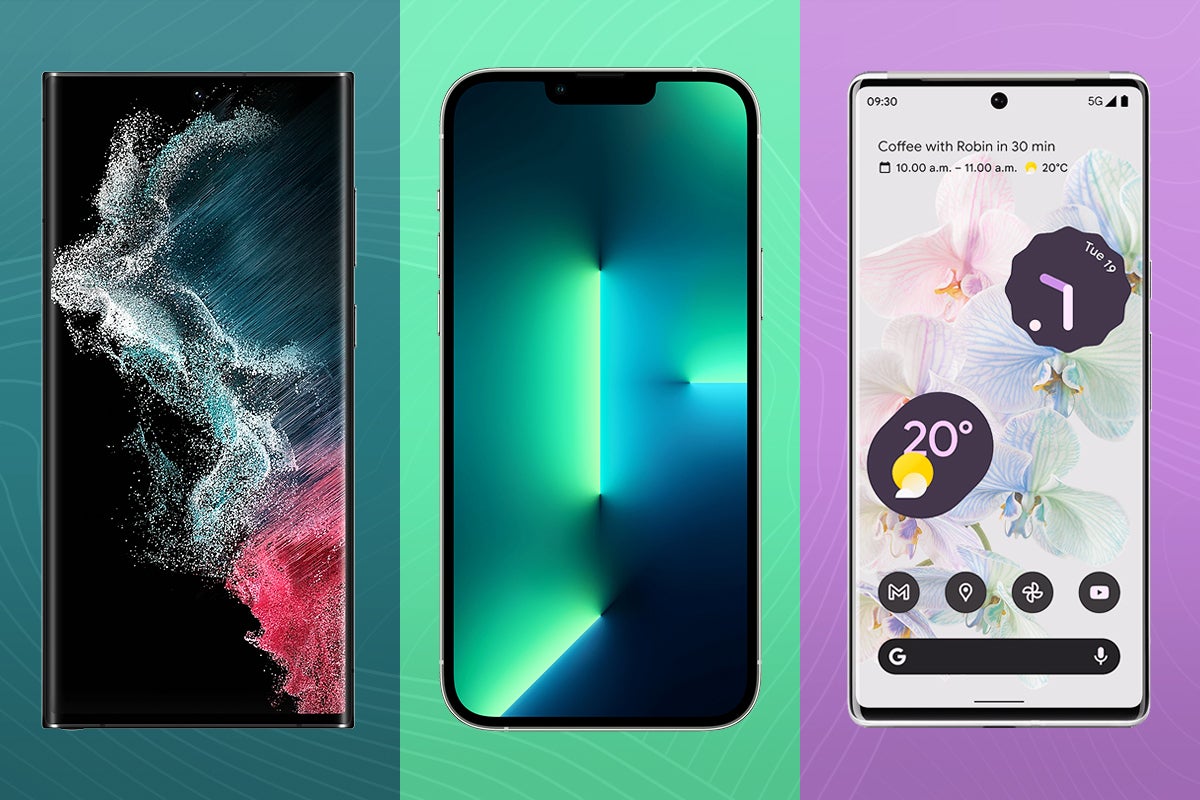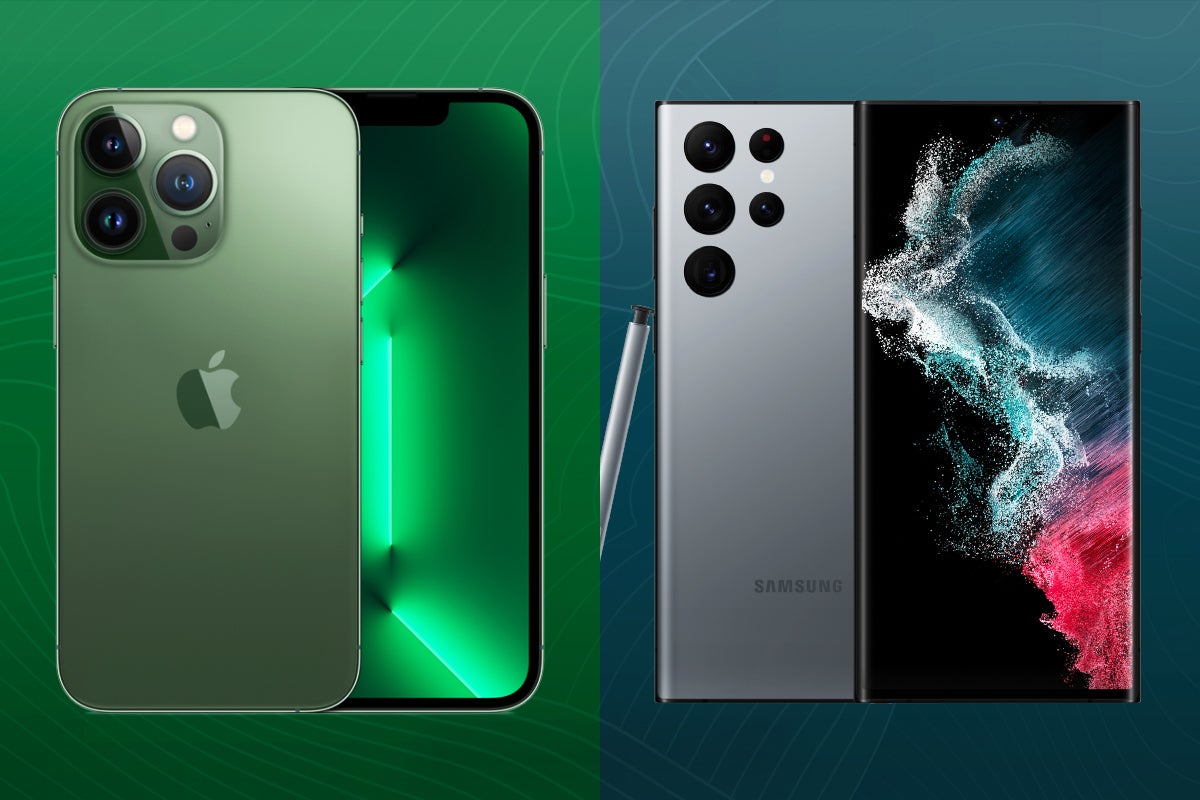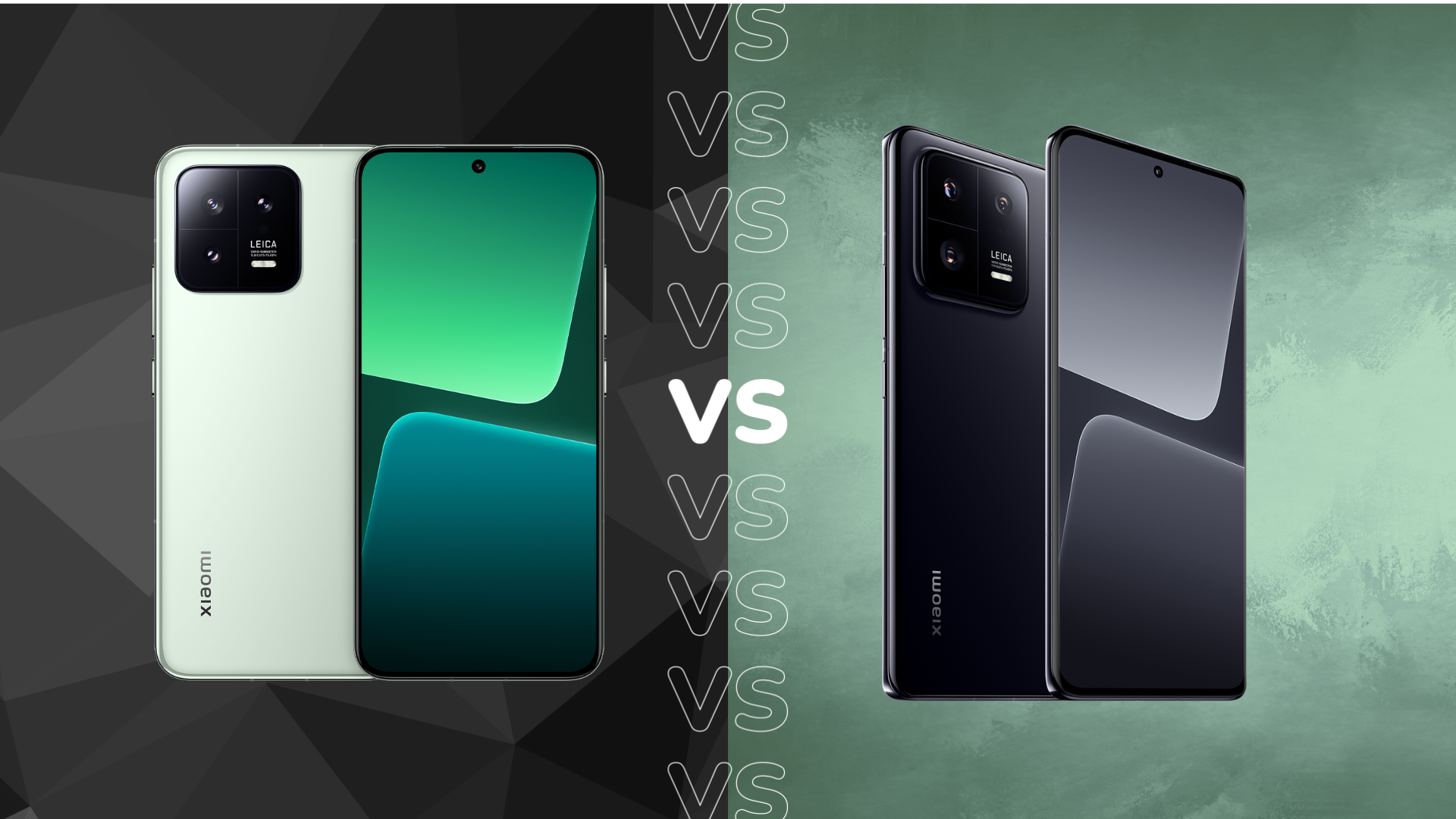Xiaomi 13 Ultra announced with quad camera and Leica-inspired design

Xiaomi has announced the Xiaomi 13 Ultra, its new super-flagship phone with a formidable-looking camera system.
So far in 2023 we’ve already seen the Xiaomi 13 and the Xiaomi 13 Pro, with the former one of the best compact phones on the market and the latter a flagship titan with an impressive 1-inch camera sensor.
Now the headline act has arrived in the shape of the Xiaomi 13 Ultra. The main attraction here is a quad-camera system that covers four distinct focal lengths.
On top of the 12mm (ultra-wide), 23mm (wide), and 75mm (telephoto) that you’ll find with the Xiaomi 13 Pro, you also get a 120mm super-telephoto.
The main camera is backed by the same 1-inch Sony IMX989 image sensor as the Xiaomi 13 Pro, as well as the Oppo Find X6 Pro and the Vivo X90 Pro. Unique to the Ultra model, however, is a new physical two-stop aperture that enables you to switch between f/1.9 and f/4.0, opening up a range of new shooting possibilities. Think longer exposures in decent lighting, or simply getting more people in focus in a single shot.
Fast Shot mode, meanwhile, lets you start up the Camera app and take a picture automatically within a mere 0.8 seconds. Perfect for those impromptu street photography situations.
There are new “Custom photographic styles” in the Pro Mode too, which lets you pre-set things like contrast, dynamic range, white balance and the like, retaining more detail compared to post-processing. It sounds similar to Apple’s Photographic Styles. You also get two new Leica Filters in Leica Sepia and Leica Blue.
Camera extras aside, the other big difference with the Xiaomi 13 Ultra compared to its cheaper siblings is its design. Xiaomi has really leant into the whole Leica M camera aesthetic, with a large circular camera module, a chunky metal unibody frame, and an antibacterial nanotech silicone leather rear.
It’s powered by the same Snapdragon 8 Gen 2 processor as its brothers, while Xiaomi’s Loop LiquidCool heat dissipation system apparently lets the phone record 4K/60fps video and play 3D games for extended periods without the usual dropped frames.
While the 6.73-inch 3200 x 1440 (WQHD+) AMOLED display looks an awful lot like the Xiaomi 13 Pro’s on paper, there are some differences. It has a superior HBM brightness of 1300 nits (vs 1200 nits) and a huge peak brightness of 2600 nits (vs 1900 nits). The Xiaomi 13 Ultra screen can also hit a superior 12-bit colour depth, rather than the Xiaomi 13 Pro’s 10-bit.
The Xiaomi 13 Ultra has a slightly larger 5,000mAh battery than its Pro brother (on 4,820mAh). Interestingly, however, it only employs 90W wired charging rather than the Pro’s 120W, resulting in a slower 0-100% time of 35 minutes. You get the same speedy 50W wireless charging.
On the charging front, Xiaomi has added a new Hibernation mode that triggers when the battery drops to 1%. By limiting background activities, it permits the phone to remain in stand by for up to an hour, or to make a 12 minute phone call.





